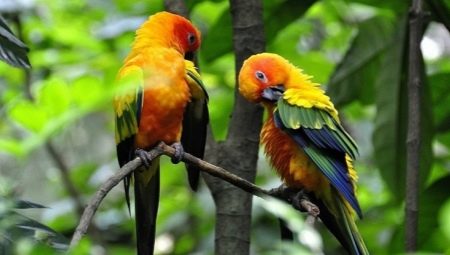Aratinga is an amazingly beautiful genus of parrots. These creatures are often called "flying flowers", because their plumage is so bright and colorful that they really look like exotic flowers. Aratinga often become pets, their presence gives positive emotions and pleasant impressions.
Perhaps this particular bird will appeal to you. To find out, you need to study in detail the representatives of this species.

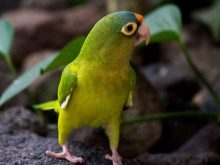
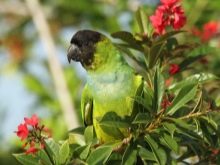
Description
The parakeet is loved by both adults and children. He becomes a friend, not just a pet. These birds are characterized by a number of features that make them so popular throughout the world.
- Cheerful, friendly character combined with cute arrogance. These birds are distinguished by credulity and devotion; they like to make contact with people and become attached to them.
- All representatives of this species They talk and are loud. The parrot is good at imitating sounds, including music. With a small margin of words, these birds are able to replace old words with new ones that they liked most.
- Between themselves, aratings communicate cooing, they quietly talk to each other and look very nice.
- Aratinga is active, love to play, therefore, it is desirable to have many toys in the cage. It can be bells, ladders, chains, rockers.
- The body length of these parrots varies between 16-42 cm - depends on the variety. Weight starts from 100 grams and does not exceed 130. The beak is powerful and large, the tail is wedge-shaped.
- By external signs it is difficult to determine the gender of the bird, not even every experienced person can do it.
- These birds love to fly and sit at height, moreover, it is vital for them.
- The aratings are friendly so you can make a couple. But in this case, the birds will be more noisy and noisy. This feature should be considered when buying.
- Among these birds there are lefties and righties. You can observe the feathered to determine its strong foot.

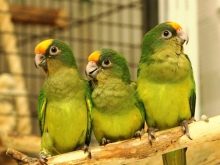
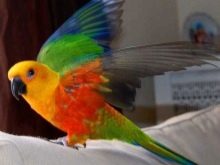
Varieties
The genus Aratinga consists of 24 subspecies. Their representatives differ in plumage and size. We will consider the most common varieties of these amazing birds.
Sunny
This is the most common subspecies that many poultry houses love. These parrots attract attention with a very bright and colorful plumagein which different shades are combined. Young sunny aratinges are more colored in green shades.
Around the eyes, just above the beak and on the breast, there are orange inserts. When a parrot becomes an adult, feathers on its head, neck, chest, legs, stomach, and tail turn yellow and orange. On the wings and tail, the lower, covering feathers turn green.
In this subspecies, one can meet representatives with a bright yellow plumage and a red spot on the head.

Orange-faced
It features green plumage with a yellowish stomach and a combination of orange and blue on the head. On the tail in the area of the lower feathers there is an olive-yellow hue. In natural habitats, orange-headed ararati prefer a swampy area with an open topography. These parrots are relatively quiet, only when excited they become noisy and noisy.
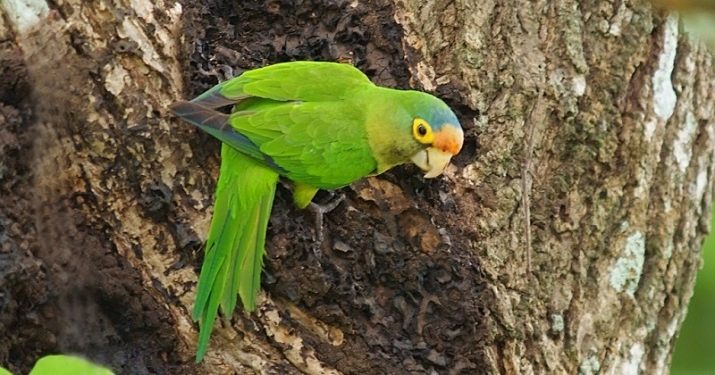
Goldfinch
Parrots have a rich green plumage. On the cheeks, neck and stomach, feathers are painted brown with olive tint.. The plumage on the tail has a beautiful olive-green color, which effectively combines with blue feathers.
Under natural conditions, they prefer to live in pairs or flocks of no more than 10 individuals. When flying, parrots emit a piercing screech. For life, they choose forest edges, and also settle in parks and gardens.
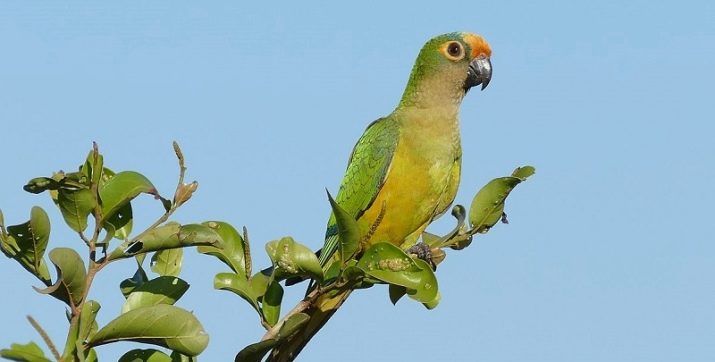
Dark head
Aratinga reaches 28 cm in length. The main color of the plumage is green, there is a yellow tint on the stomach, blue on the tail feathers, and the head is painted in grayish-brown. Noisy these birds can not be called.
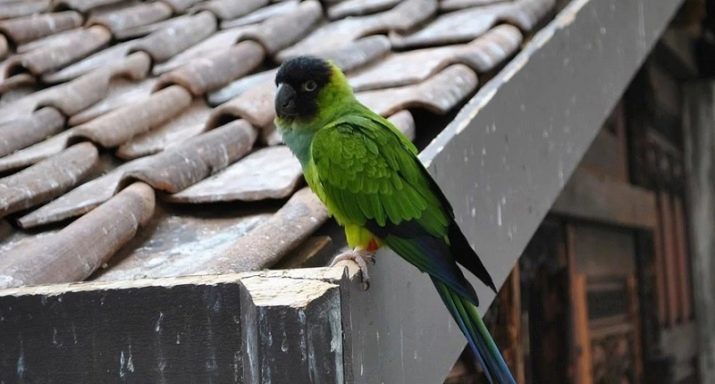
White-eyed
Parrots are also painted green. There are red accents on the wings and neckwhich beautifully accentuate the main color of the plumage and make the color of these parrots expressive and spectacular. Body dimensions average 32 cm.
White-eyed arating live in pairs or packs. The accumulation of these parrots can be 200 individuals. They are nomads. Shy birds, it takes a long time to tame them.

Red-faced
Parrots of this species have green plumage, on the wings, head, cheeks and around the eyes there are red inserts. Body length reaches an average of 33 cm. In vivo, they prefer to live in packs. These birds are noisy and noticeable, prefer to live in forests, are nomads.
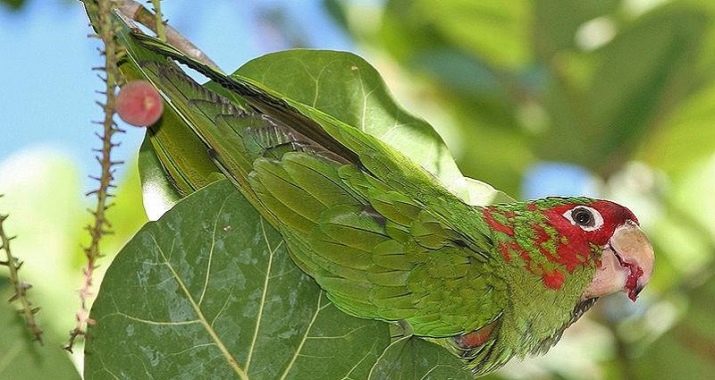
Gold
Aratinga is distinguished by a yellow plumage, which is shaded by green feathers on the wings and tail. The body reaches 34 cm in length. Parrots prefer to live in forests, near water, inhabiting the tops of trees. The cry of parrots is so piercing and loud that it can be heard from afar.
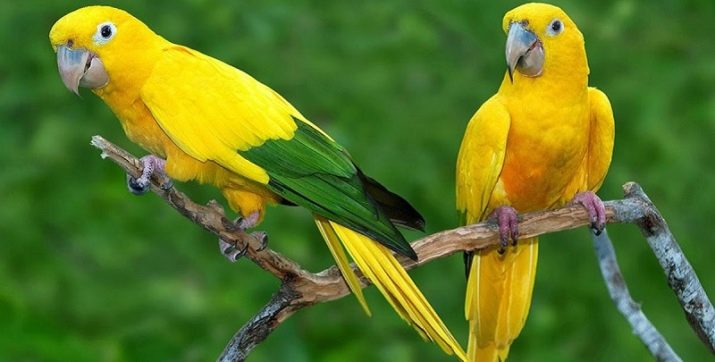
Nandai
Parrots from the Nandai subspecies are distinguished by a combination of green and brown colors in plumage. Because of this species, these birds are often called black-headed. The feathers on the legs are colored red below and have a green hue on top.
The nasal tail is highlighted with green feathers with blue edges. Such parrots live perfectly in captivity.
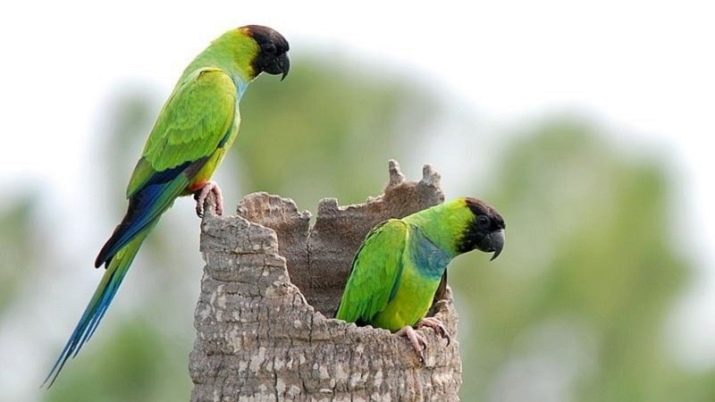
Diet
Aratings, despite their exoticism, are picky about food. Nevertheless, the diet of these birds must be complete, balanced and varied. When choosing a diet, you must adhere to the following rules:
- the basis of the nutrition of parrots should be seeds, nuts, seeds, vegetables, fruits and berries;
- birds eat ready-made feeds in the form of granules well, especially if they are multi-colored, because aratinges are curious;
- periodically fresh branches of fruit trees should appear in the cage, in this case the probability of damage to furniture in the house is reduced;
- parrot food may include boiled eggs: chicken, quail;
- sprouted legumes are a treat for overseas birds;
- occasionally you can give bread saturated with fruit juice;
- broccoli is a source of vitamin K, the lack of which entails serious health problems;
- categorically you can’t feed feathered avocados, chocolate and vegetable oils;
- salt should not be included in the diet of parrots.
Unfinished food should not remain in the cage, all residues must be removed. Water must be constantly changed so that the bird always has access to fresh water. In addition, parrots love to throw food into the water, making both of them unsuitable for consumption.
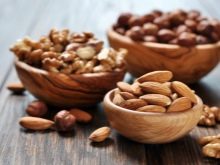
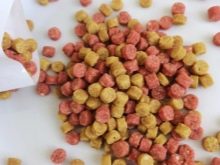
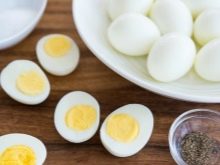
Features of care and maintenance
Overseas birds do not require complicated care at home. But still, some rules will need to be followed, so that the bird was healthy and lived a long, happy life.
- The cage should be spacious, the minimum dimensions are within 50x50x90 cm. In such a cage, the bird will be fine, it will be able to spread its wings freely without affecting the walls. A wooden cage will be nibbled in a short time, therefore it is better to choose the option with steel bars.
- It’s necessary to place toys in the cage, hoses and shells so that the parrot can climb and spend time actively. One perch should be near food and water, and the second is hung higher.
- For sleeping, aratings require an artificial nest.
- Bathing - a mandatory procedure for birds. Under natural conditions, parrots shake off dew, in this way they take water procedures. At home, you can fill a small container with water, put a swimsuit in a cage or spray the bird with warm liquid from a spray bottle. Such water procedures will allow the parrot to maintain plumage in proper condition.
- Periodically, you need to cut the claws of the bird. To grind off the beak, a wooden stick is placed in the cage.
- Exotic birds cannot tolerate low air temperatures. Ideal conditions for their maintenance are temperatures in the range of 22-25 degrees above zero and humidity from 60 to 70%.
- Do not put a cage with arting near household appliances. These parrots can well imitate the sounds of working equipment, which in the future may cause funny, but annoying practical jokes.
- Aratings are curious fidgets, who constantly have to be busy with something. Otherwise, their energy can be directed to the destruction of your home.
- Of course, the cell should be cleaned and washed regularly, after all, all aratings are neat and cannot live in a dirty house.
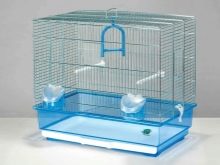
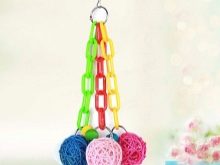

Breeding
In nature, a formed pair, ready for breeding, leaves the flock. These birds cannot be called monogamous, but the couple usually live together for several years.. Feathered lovers are looking for a finished hollow or hollowing it out on their own, since powerful beaks allow you to do this without any problems. In one clutch there can be up to 5 eggs, which are not laid immediately, but with an interval of several days.
Masonry hatching lasts an average of 25 days. The father of the future family all this time is engaged in the protection of the house and takes care of the food of his second half. Chicks rarely appear from the first clutch, but there are still exceptions. Chicks are ready to leave the nest in 8 weeks.
At home, aratings can also reproduce, although not as willingly as in the natural environment. To do this, the cage should have a house with a nest and a notch with a diameter of about 9 cm.
As a litter, wood dust or sawdust is well suited.
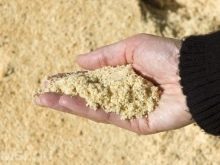
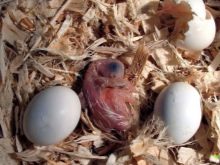
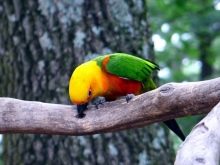
In the next video, you are waiting for the breeder's impressions of a year of life with solar aratinga.
